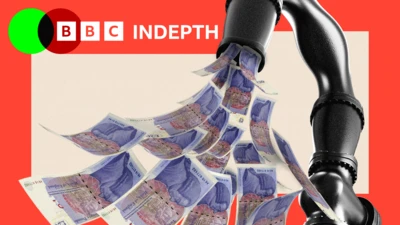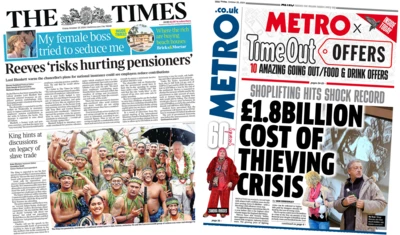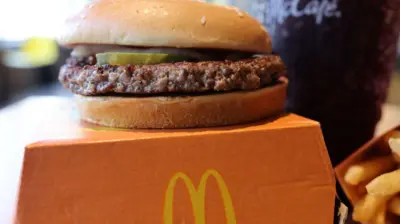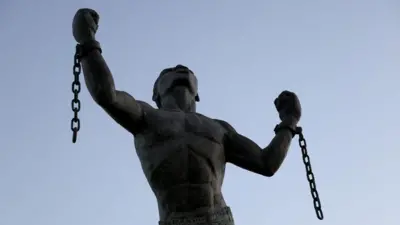We've updated our Privacy and Cookies Policy
We've made some important changes to our Privacy and Cookies Policy and we want you to know what this means for you and your data.
Smaller, fewer, thinner - the future for American beef?
Image source, Getty Images
- Author, Matt McGrath
- Role, Environment correspondent, ΒιΆΉΤΌΕΔ News
What has become of the US beef industry?
The country that is synonymous with steaks as big as Texas is suffering a serious shortage of cattle. The US national is now at an all time low. Numbers peaked at 132 million head of cattle in 1975. At the start of this year this was down to just under 91 million.
Across the US, cattle are sometimes housed in what are called to be fattened for slaughter. These huge operations on average contain around 3,000 have also suffered a significant drop in numbers, down around 12.5 % on last year.
All bad news for cowboys - So what is going on?
There are long term factors in terms of profitability and rising costs but what's really pushing the decline right now is a potent mix of environmental issues and politics.
Image source, NDMC-UNL.
The US has been suffering a desperate that has affected around 80 % of the agricultural land across the country. It has been so severe that in certain parts, farmers have been forced to get rid of their cattle as they simply don't have any pasture for them to graze on.
The drought has also affected the yields of grain crops, which are estimated to be down around 13 % on last year. And because US farmers depend on grain to fatten their beef herds, this has increased pressure to get rid of cattle.
Adding further complication is the politics. The US Environmental Protection Agency (EPA) has had a in place since 2005 that requires a certain percentage of US liquid fuel comes from renewable sources.
In practice this means blending ethanol made from grain with regular gasoline. This year, as the drought persisted, desperate farmers asked the EPA to set the mandate aside to help cut corn prices. They
This year ethanol production will consume a whopping 42 % of the corn crop, says the US Department of Agriculture.
According to Dr Stan Bevers from Texas A&M University, this factor is having a huge impact.
"The US beef industry was built on abundant corn supplies, so when a new source of governmental demand takes away roughly 40 % of the corn for ethanol production, the cattle industry must adjust and get smaller."
But bizarrely as the size of the herd has gone down, the size of individual steers has gone up. The cattle are getting fatter with carcass weights around 2 % higher than last year.
But it won't last.
According to Dr Derrell Peel, from Oklahoma State University the current problems could have long term impacts on US beef. He thinks it is likely there will be changes in how cattle are fed. Less grain, more grass, lighter cattle.
"In general that's the tendency," he told me. "The incentives have changed to a more moderate animal size, we could well see finished weights moderate."
The future for American beef cattle is smaller, thinner, fewer.
And the future of world meat production tastes a lot like chicken - but that's a story for another day.
Top Stories
More to explore
Most read
Content is not available








